This Highlighter of Wednesday’s Weekly Lacrosse Content is all about carbon fiber lacrosse shafts. Using a carbon lacrosse shaft, or composite, can be a treat for some, but a nightmare for others. There are also many different kinds of carbon lacrosse shafts to choose from. Here, we will take a look at how carbon lacrosse shafts are made and what makes them so special. You’ll then be informed enough to make a wise decision about if a carbon lacrosse shaft is right for you.
Are Carbon Lacrosse Shafts Worth It?
That high price tag on some carbon fiber lacrosse shafts may deter you, but you could save money in the long run with one. This doesn’t mean you should automatically get one; however, if carbon lacrosse shafts might work for you, they’re worth trying.
These shafts are normally more expensive than any wooden or metal shaft, and carbon fiber isn’t what most players are used to. Getting the chance to play around with one in store and then making your decision is the best course of action. For now, check out some reasons why switching to a carbon fiber lacrosse shaft might actually help you out.
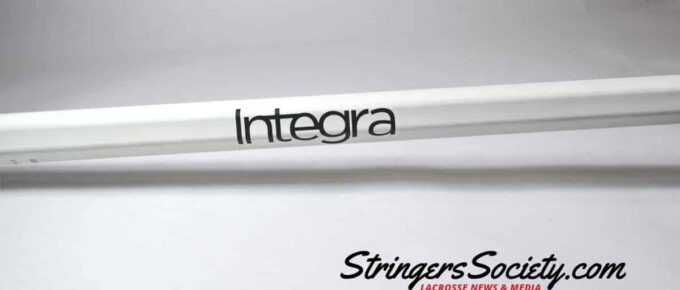
Carbon vs. Metal Lacrosse Shafts
There has been a great deal of debate about carbon fiber lacrosse shafts ever since they were created. Both have great benefits for players, but they don’t benefit all players equally.
Carbon Fiber Lacrosse Shafts
Carbon fiber, or composite, lacrosse shafts are more resilient than your average metal lacrosse shaft. Dents, bends, and breaks in cold weather are no longer a reality with a carbon fiber lacrosse shaft. This doesn’t mean a carbon fiber shaft will last forever, but they have a long playing life. The strength of carbon lacrosse shafts comes from how they are constructed in layers. Some metal shafts are also constructed in layers for added strength, but all composite shafts use this method. This allows for greater structural strength and a higher degree of flex.
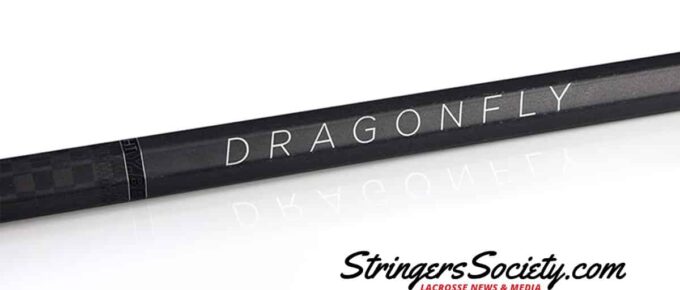
When shooting or passing with a carbon fiber shaft, your shaft will bend and snap back into place. This can add some extra velocity to your shot, but it can then make it less accurate. Along with flex, carbon lacrosse shafts can be tapered. This means the shaft is thinner and thicker in different parts. Having a tapered shaft can benefit your shooting, passing, and control. This isn’t an automatic increase, but the feel is preferred by some players.
Metal Lacrosse Shafts
Compared to a carbon fiber lacrosse shaft, a metal lacrosse shaft will do essentially the same thing. There will be much less flex, no taper, only a chance of layered construction, and a higher chance of breaking. That being said, metal shafts are super trustworthy. You can normally never go wrong with a metal lacrosse shaft, and choosing one over a composite is a safe bet. Don’t let that make you hate carbon lacrosse shafts or not give them a chance, but definitely be wary before you buy.
Carbon Lacrosse Shaft Brands
Currently, the norm is still metal shafts. That means that not everyone makes carbon fiber lacrosse shafts, but those make them correctly. Epoch is one of the top dogs in the composite world, and they bring the heat. Epoch Lacrosse Shafts are some of the very best carbon fiber lacrosse shafts.
You can also check out East Coast Dyes, StringKing, Maverik, Nike, and STX for their carbon lacrosse shafts. Out of this group, ECD and StringKing are really the only two that have hit the nail on the head so far. Maverik has made a strong showing with their Hyperlite carbon fiber lacrosse shaft, but they haven’t cracked the code just yet. After some more progress from these brands expect to see even more carbon lacrosse shafts on the market in the future.
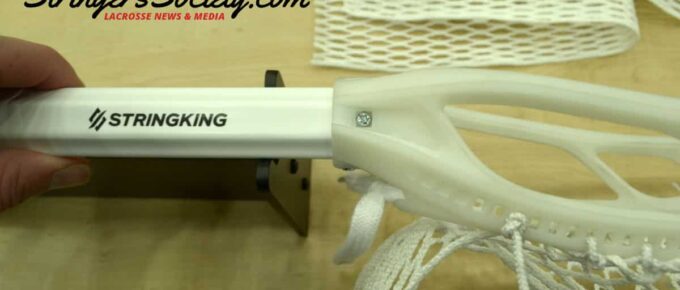
Carbon Defense Lacrosse Shafts
Let me just start by saying I am fully against carbon defense lacrosse shafts. They are a good idea in theory, but never a good one in execution. Because defense lacrosse shafts are twice as long as attack lacrosse shafts they bend much more. This is true for all structures, and even skyscrapers have some ability to bend with the moving Earth’s gravitational pull and wind. But because you want to be precise in lacrosse, I feel that carbon fiber wasn’t meant to be used in defense lacrosse shafts. Your shots will be way off the mark at first, and the same goes for some of your checks. You’ll have to re-learn shooting and checking if you decide to pick up a carbon defense lacrosse shaft so I’d save your own money and time instead.

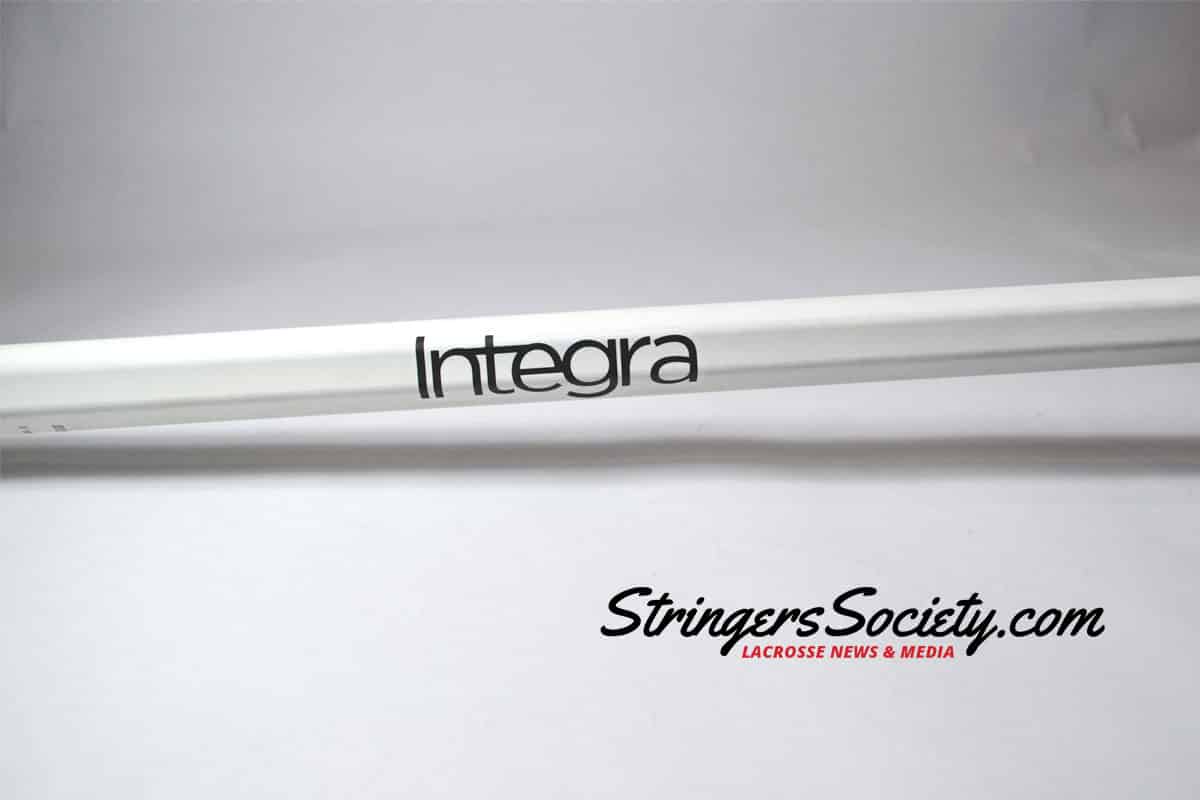
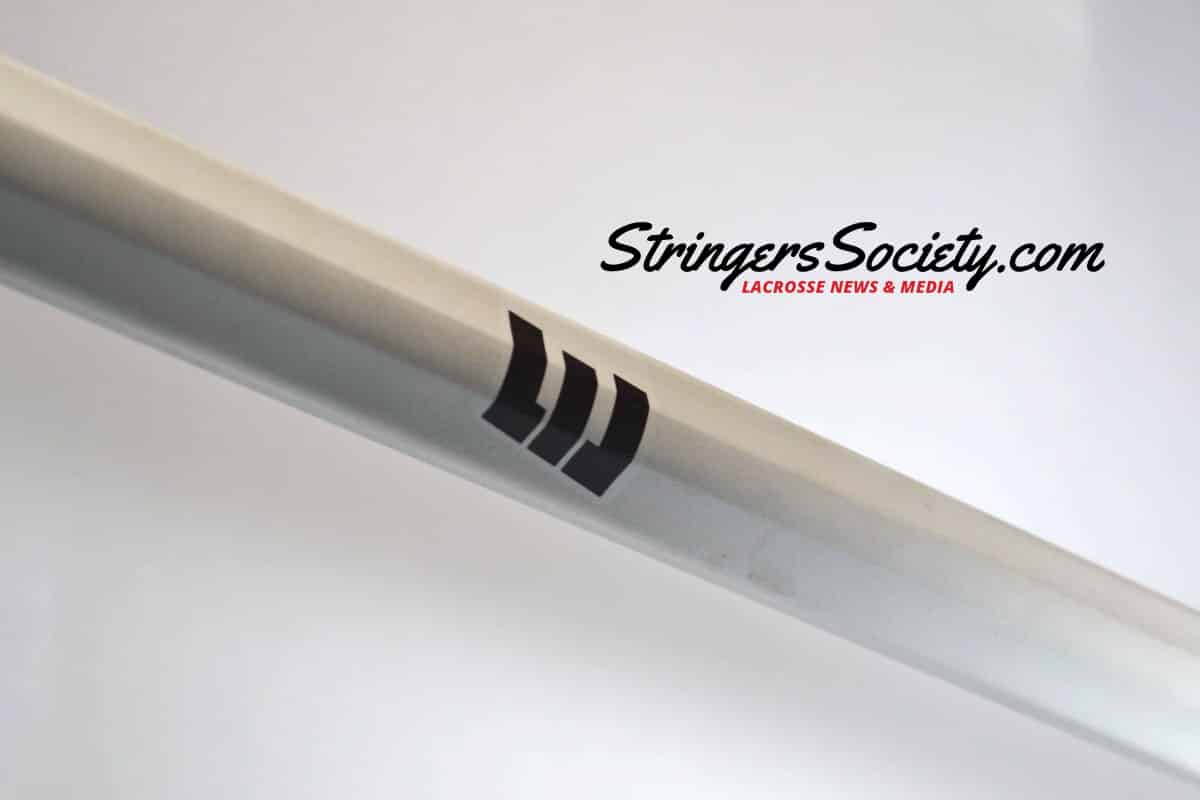
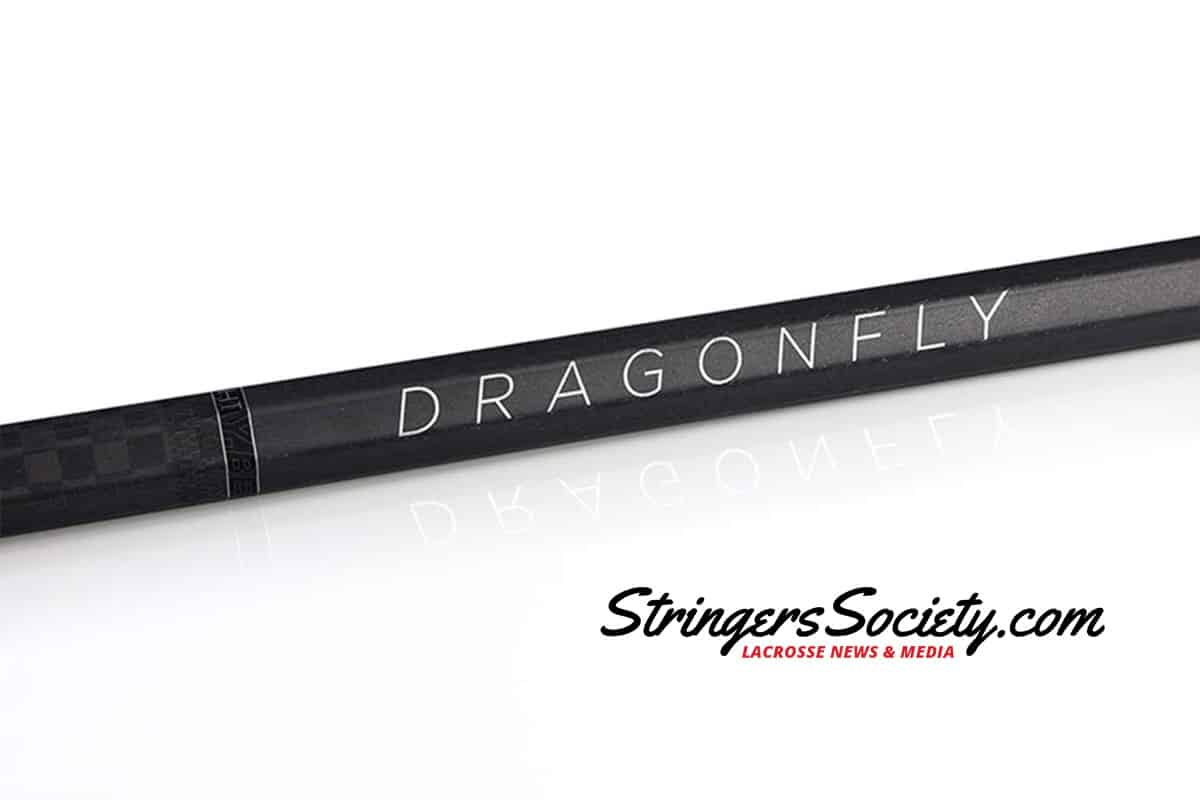
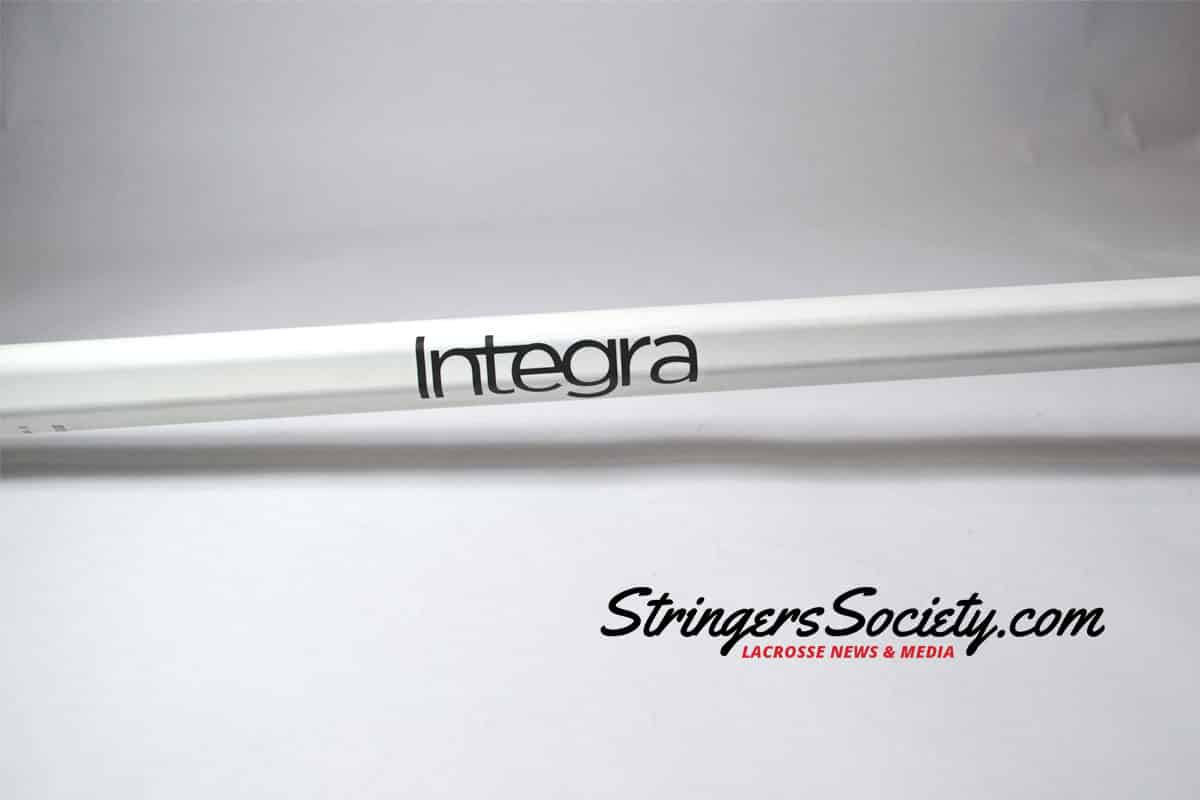
So, Are Carbon Lacrosse Shafts Good?
Yes. That was actually really easy to admit. Carbon lacrosse shafts are good and plenty of players get a great advantage out of using them. Just like a pinched head, there are clear benefits and detriments you will experience if you choose to use a carbon lacrosse shaft. Becoming a great player means recognizing your own specific attributes and putting yourself in a position to succeed with the right equipment. A carbon fiber lacrosse shaft could be the best thing to happen to you since deciding to play lacrosse. On the other hand, you could realize you hate carbon and stick with what you know. Either way, carbon is going to work for some of you out there and it’s here to stay.

